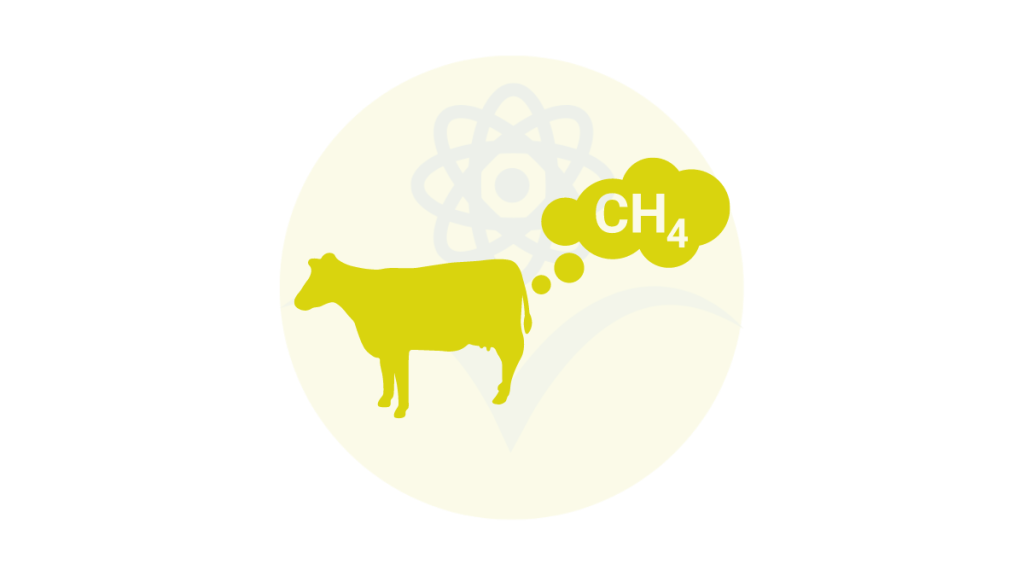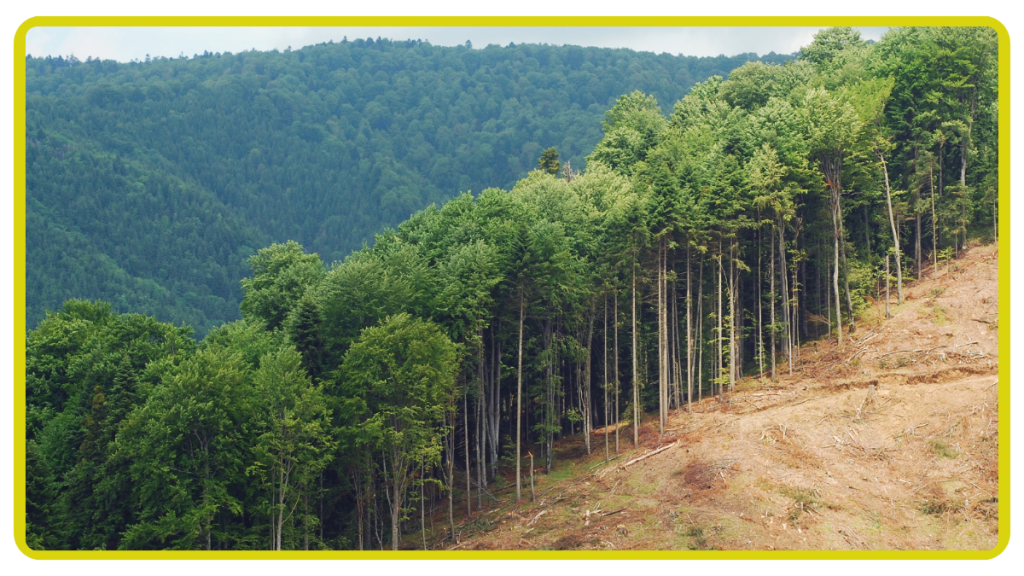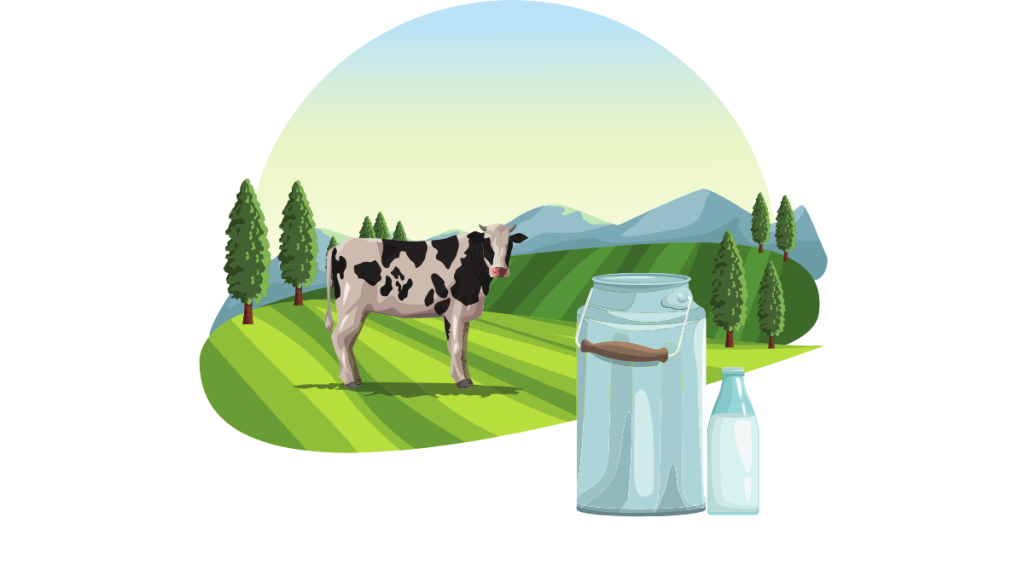The greenhouse gas emissions produced by dairy cows are a significant contributor to climate change. Exploring the Dairy Farming Environmental Impact in Detail will help us minimize its harms.
Improper management of manure and fertilizers can also harm local water resources.
Additionally, unsustainable dairy farming practices and feed production can destroy vital ecological areas like prairies, wetlands, and forests.
Dairy Farming Environmental Impact
Dairy farming is a vital industry that provides us with a wide range of dairy products, from milk and cheese to yogurt and ice cream.
However, as consumer awareness around environmental sustainability grows, there has been increased scrutiny of the environmental impact of dairy farming.
In this blog post, we’ll take a deep dive into the environmental implications of dairy production and explore ways the industry is working to mitigate its footprint.
The Carbon Footprint of Dairy Farming
One of the primary environmental concerns surrounding dairy farming is its contribution to greenhouse gas emissions.
Cows, the backbone of the dairy industry, are ruminant animals, meaning they have a specialized digestive system that involves fermenting their food in a first stomach called the rumen.
This fermentation process releases methane, a potent greenhouse gas that is 28 times more effective at trapping heat in the atmosphere than carbon dioxide.

Studies have shown that dairy production accounts for approximately 2.7% of global greenhouse gas emissions, with the majority of those emissions coming from enteric fermentation (the digestive process in cows that produces methane).
Additionally, the production of feed for dairy cows, as well as the manure management and energy use on dairy farms, also contribute to the overall carbon footprint of the industry.
Water Usage and Pollution
Another significant environmental impact of dairy farming is the industry’s water usage and the potential for water pollution.
Dairy cows require large amounts of water for drinking, feed production, and cleaning.
It’s estimated that it takes around 1,000 gallons of water to produce just 1 gallon of milk.
In addition to the high water consumption, dairy farms can also be a source of water pollution.
Cow manure, if not properly managed, can contaminate nearby waterways with excess nutrients, pathogens, and other pollutants.
This can lead to eutrophication, where excessive nutrient levels in the water promote the growth of algae, which can deplete oxygen levels and harm aquatic ecosystems.
Land Use and Deforestation
Dairy farming also has implications for land use and, in some cases, deforestation.
Dairy cows require large amounts of land for grazing and feed production, which can lead to the conversion of natural habitats, such as forests, into agricultural land.

This can have significant consequences for biodiversity, as the loss of natural ecosystems can disrupt the delicate balance of plant and animal life.
In certain regions, such as the Amazon rainforest, the expansion of dairy and other livestock production has been a major driver of deforestation, contributing to the loss of one of the world’s most important and diverse ecosystems.
Manure Management Challenges
Dairy farms generate a significant amount of manure, which can be a valuable resource when properly managed, but can also pose environmental challenges if not handled appropriately.
Improper manure storage and disposal can lead to the release of methane and other greenhouse gases, as well as the contamination of soil and water resources.
Additionally, the sheer volume of manure produced on dairy farms can be difficult to manage, especially on larger operations.
Finding ways to effectively utilize and dispose of this waste in an environmentally responsible manner is a key challenge for the dairy industry.
Efforts to Improve Sustainability
Recognizing the environmental impact of dairy farming, the industry has been taking steps to improve its sustainability and reduce its environmental footprint.

Here are some of the key initiatives being implemented:
Feeding Strategies and Genetic Improvements
One area of focus is improving feeding strategies and genetic selection of dairy cows to reduce methane emissions.
Researchers are exploring dietary supplements, such as seaweed or certain types of fats, that can inhibit the production of methane in the rumen.
Additionally, breeding programs are working to select cows with more efficient digestive systems that produce less methane.
Manure Management and Nutrient Recycling
Dairy farmers are also investing in better manure management systems, such as anaerobic digesters, which can capture methane from manure and use it to generate renewable energy.
There is also a growing emphasis on nutrient recycling, where the nutrients in manure are used to fertilize crops and reduce the need for synthetic fertilizers.
Water Conservation and Pollution Prevention
To address water usage and pollution concerns, dairy farmers are implementing water conservation measures, such as using more efficient irrigation systems, recycling water for cleaning, and improving manure storage and treatment to prevent nutrient runoff.
Renewable Energy and Energy Efficiency
Many dairy farms are also transitioning to renewable energy sources, such as solar or wind power, to reduce their reliance on fossil fuels and lower their carbon footprint.

Additionally, there is a focus on improving energy efficiency throughout dairy operations, from milk processing to on-farm equipment.
Sustainable Land Management
In regions where dairy farming has contributed to deforestation, the industry is working to promote sustainable land management practices, such as rotational grazing, which can help preserve natural habitats and biodiversity.
Conclusion
Dairy farming plays a vital role in providing nutritious and delicious dairy products to consumers around the world.
However, the industry’s environmental impact cannot be ignored.
By addressing the challenges of greenhouse gas emissions, water usage, manure management, and land use, the dairy industry is working to improve its sustainability and reduce its environmental footprint.
Through innovations in feeding, breeding, manure handling, and energy use, as well as collaborations with environmental organizations and policymakers, the dairy industry is demonstrating its commitment to becoming more sustainable and environmentally responsible.
As consumers, we can also play a role by supporting dairy producers who are prioritizing sustainability and making informed choices about the dairy products we consume.
By working together, the dairy industry and consumers can help ensure that the production of our favorite dairy products is done in a way that is kinder to the planet and preserves the natural resources we all depend on.
Learn more about 10 Cows Dairy Farm Income.
Here is the study of dairy cattle’s environmental footprint by USDA.

